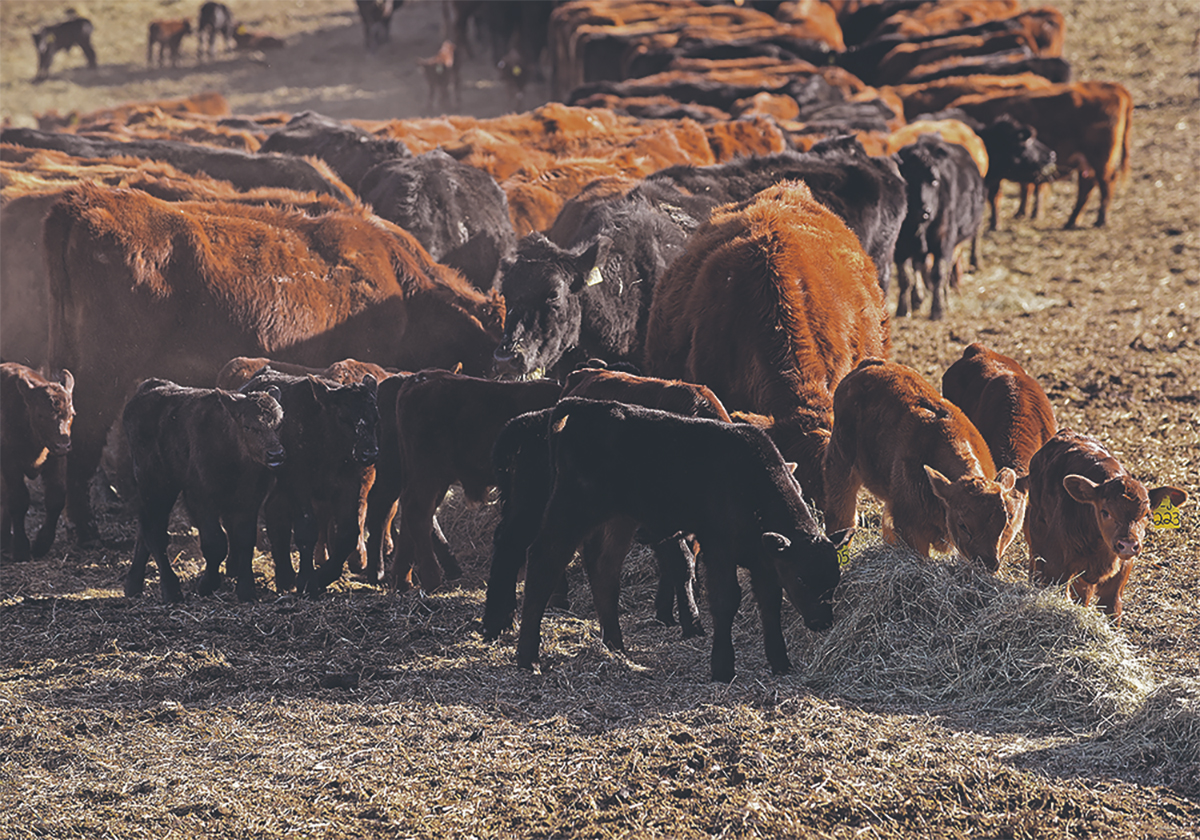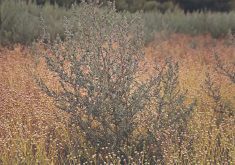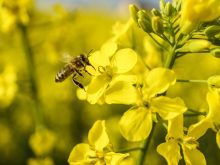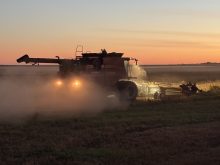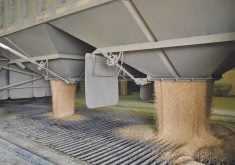When I talked with Jodie Griffin, co-ordinator of Livestock Price Insurance for Saskatchewan on Feb. 25, a record high floor price for the fall calf run was available. What’s more, the premium looked very attractive.
LPI prices and premiums fluctuate, but on this day the best floor price for a 600-pound steer calf for late September-early October was $4.38 a pound. That’s $2,628 per head, a price unimaginable just a few years ago. This support price was 12 per cent higher than the previous year at the same time.
The premium for that insurance was $66.60 per head, which if you work it out as a percentage of coverage, is only 2.5 per cent. Unlike crop insurance, LPI is not subsidized by governments. Producers pay the full cost. However, a premium of 2.5 per cent is low compared to many of the subsidized crop insurance premiums.
Read Also

High prices see cow-calf producers rushing to incorporate
Farm accountants are reporting a steady stream of cow-calf producers rushing to get their operations incorporated ahead of selling their calves this fall.
A producer could also opt for a lower level of coverage. For instance, a floor price of $4.08 a lb., or $2448 per 600 lb. steer calf, carried a premium of $36, which is about 1.5 per cent.
With the uncertainty of American tariffs hanging over the industry, I was surprised that affordable coverage at record high prices was available through the program. Griffin says coverage is based on futures prices at the Chicago Mercantile Exchange, where there has been limited volatility.
Like any other insurance program, it’s better if you don’t have a claim. If you lock in $2,628 a head and the price is better in the fall, you can sell your calves for that higher price. However, you are out the premium cost.
That’s certainly what happened in 2024. Farm cash receipt statistics show total LPI payments to producers in participating provinces at less than $2.5 million, while premiums were nearly $14 million.
It should be noted that more than just calf insurance is involved in LPI. While there’s also a feeder calf insurance component as well as a program for hogs, producers overall paid a lot more in premiums than they received in payouts.
Maybe this will happen again in 2025.
If a producer is bullish and optimistic about record high calf prices being available this fall, perhaps they don’t want to buy insurance. However, no one can see the future, and buying insurance coverage would seem to be a particularly prudent decision this year. Coverage is high, premiums are low and there’s a great deal of uncertainty in the world.
Griffin says she’s getting lots of calls about the program, both from producers who have used it in the past as well as producers who have never used it.
The deadline for buying calf price insurance is June 12, and in previous years, a lot of the sign-up occurred close to the deadline.
While that won’t necessarily be the best coverage or the lowest premiums, more policy lengths are available as time proceeds and those may more closely match a producer’s marketing schedule.
I’m not a cattle producer and I don’t claim to understand all the nuances of LPI. If I did have cattle, I’d be following coverage and premium details, and I’d sure as heck lock in a floor price this year.
I’m paying a crop insurance premium of 8.4 per cent for large green lentils. That’s production insurance and provides no support for falling prices. By comparison, calf price insurance at 2.5 per cent looks like a bargain.
Kevin Hursh is an agricultural journalist, consultant and farmer. He can be reached by e-mail at kevin@hursh.ca.


